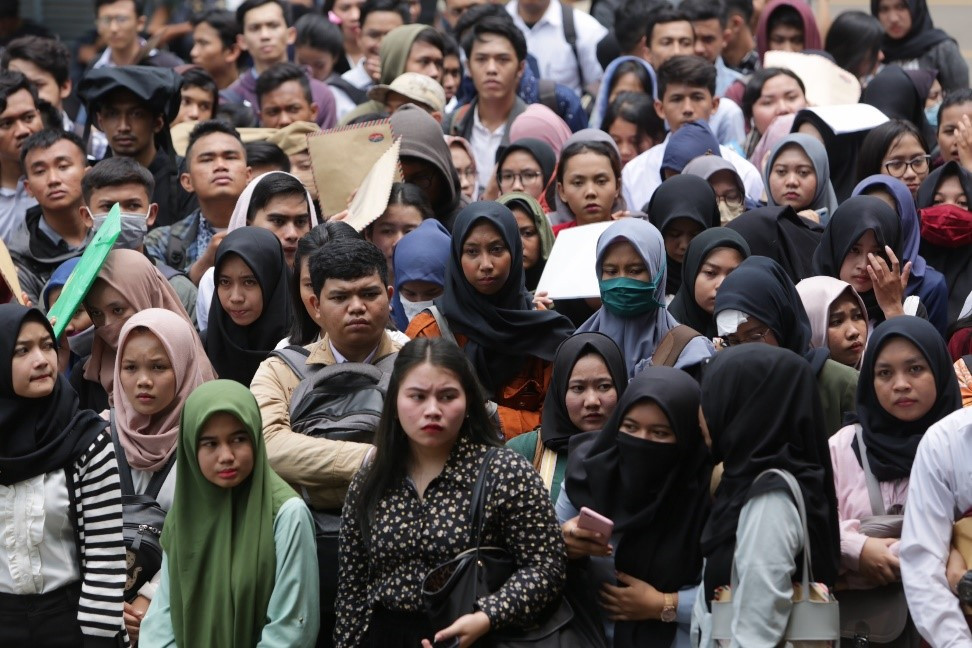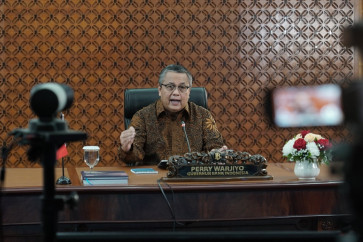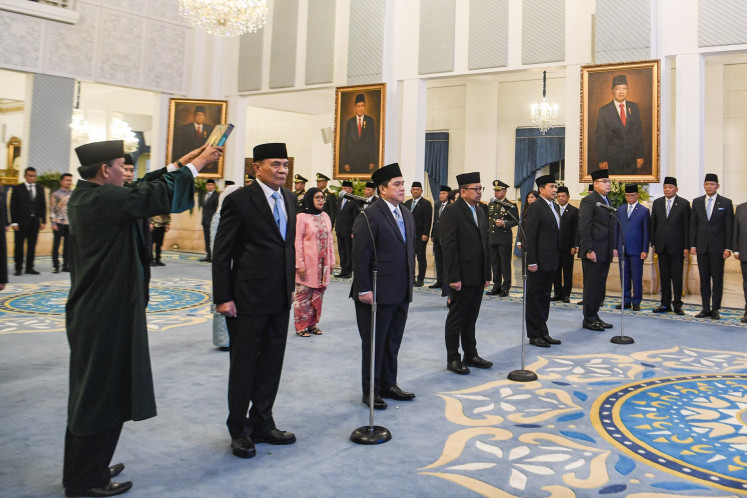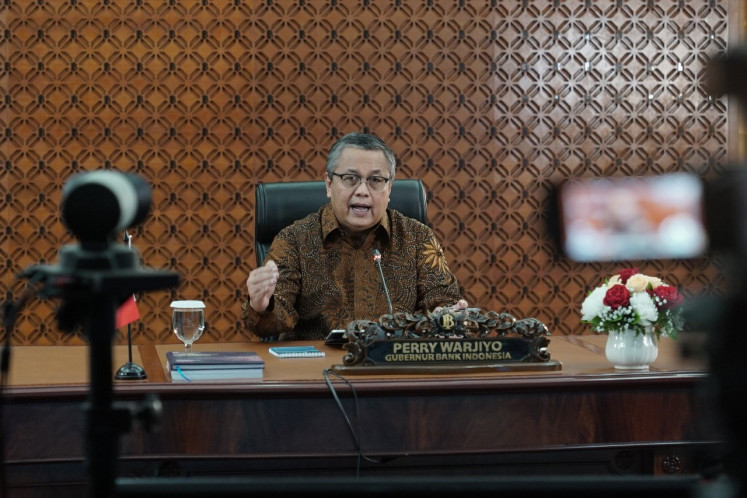Popular Reads
Top Results
Can't find what you're looking for?
View all search resultsPopular Reads
Top Results
Can't find what you're looking for?
View all search resultsWork and the future
If we do not provide a platform for people to engage and express their point of view on automation or new technologies, they might be left behind.
Change text size
Gift Premium Articles
to Anyone
R
esearch shows that a lot of job types will be phased out in the coming decades. A World Economic Forum (WEF) report shows an ongoing shift in the division of labor between humans, machines and algorithms, which might disrupt up to 85 million jobs worldwide in the next five years. At the same time, 97 million new roles may emerge. By 2025, industry expects to displace roughly 6 percent of the total workforce and one in two workers will need reskilling, and 40 percent of those in the same roles will need to update their skills to adapt to the changing labor market (WEF, 2020).
As the pace of change in the labor market is happening very quickly, it is important to act promptly and start a meaningful discussion of its future in depth.
The global pandemic has accelerated the changes people experience in the way they live, work and learn. The International Labor Organization, in addition, has warned that automation and technology will have a disproportionately negative impact on the working possibilities of young people, women and other vulnerable groups.
Just in the Group of 20 countries alone, 154 million youngsters go without education, employment or proper training. Shockingly, two out of three are women and this statistic has not changed in the last few decades. Some 44 million employees in the G20 under 30 are unemployed and 36 million of them remain in poverty as their jobs do not provide them either with a decent wage or any social safety net (WEF, 2020).
At the same time, the COVID-19 pandemic has caused school closures and forced students into learning from home. This makes the whole situation very complicated as not all students have access to the internet or the required devices for access. This results in accumulated problems for the most vulnerable.
The global survey released by Save the Children (2020) shows that more than 1.6 billion learners worldwide experienced closure of their school facilities due to the pandemic. Fewer than 1 percent of children from poor families have access to the internet for remote learning. Under these conditions, they have no chance to enjoy quality education the way the more well-to-do have. The implication of this will be that the poor will have difficulty competing with even the middle class in the job market after they graduate. For this reason, the state has to defend the marginalized, those that do not have access to basic information, finance or resources.
If we do not provide a platform for people to engage and express their point of view on automation or new technologies, they might be left behind.
In fact, the future of employment looks overwhelmingly positive as more new positions are expected to be created than are lost. As mentioned earlier, 95 million new jobs will be created with 85 million jobs causing discomfort as a result of disruption. Numerous studies also consider the effect of changing technology on the future of work, and they conclude that we will retain the needed number of job positions, and that technological development will not cause an increase in the rate of unemployment. But the jobs might look different in many respects and there might be significant disruption along the way. Most economies will need to go through a massive transition and redefinition of work.
Priority has to be given to the opportunity for upskilling and reskilling of the workforce as this is becoming more important than ever. We need to provide workers with the opportunity to allow them access to the newly created job positions in the digital economy.
For these workers, forward-thinking public and private endeavors should be focused on upskilling and reskilling them through various training programs so they can become active participants in the new digital economy. As the digital transformation remains a work in progress – with a long way to go, these programs should promote lifetime learning so that these people can acquire new skills gradually to stay up to date.
In addition, we need to increase fluidity between classroom learning and the practical work environment. This should incorporate skill development in a classroom setting be it coding, digital literacy or more soft skills.
Large corporations should be more involved in the workplace and provide education assistance like providing tuition and scholarships, and the opportunity for employees to access continuing education programs.
There will remain certain professions and workers that will not receive upskilling training to the degree required to guarantee their further employment. Therefore, we will have to provide the required social safety nets and incentives to assist the underprivileged that are incapable of the necessary transition.
We should also think about creating a positive diverse environment for the entire workforce, all included, giving access to everybody, no matter their background whether racial, financial or cultural.
An ecosystem must be developed that can create and improve an environment that enriches personal and professional lives and social wellbeing on a massive scale. This way, workers, employees and all partners, can focus and contribute to the development of the business and the global economy.
***
The writer is assistant to the special staff of the President. These views are personal.










